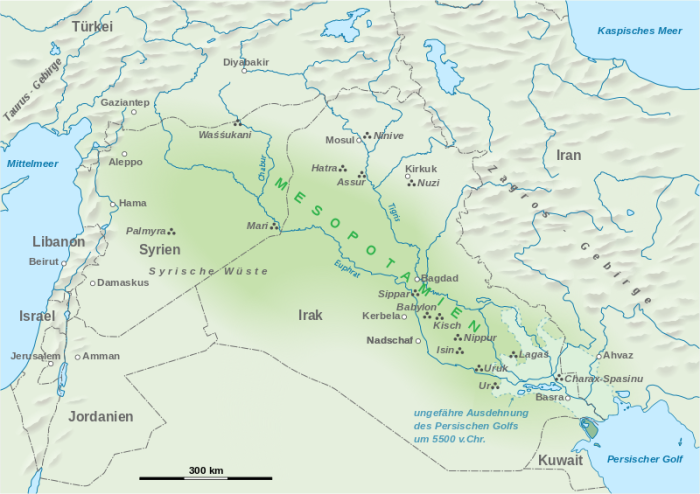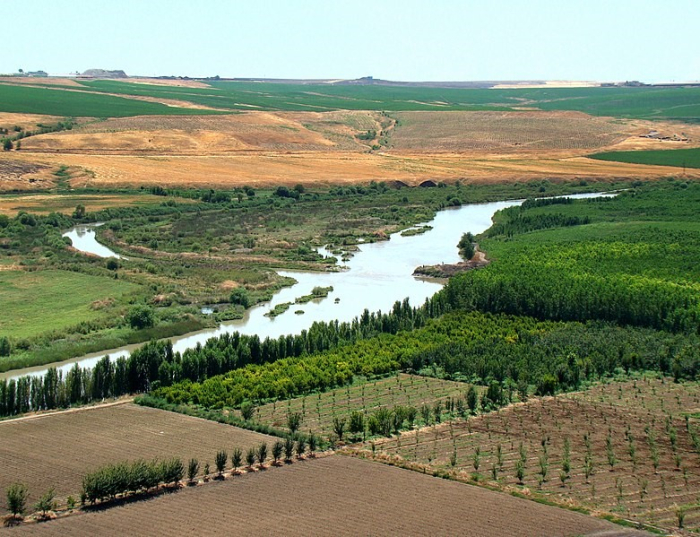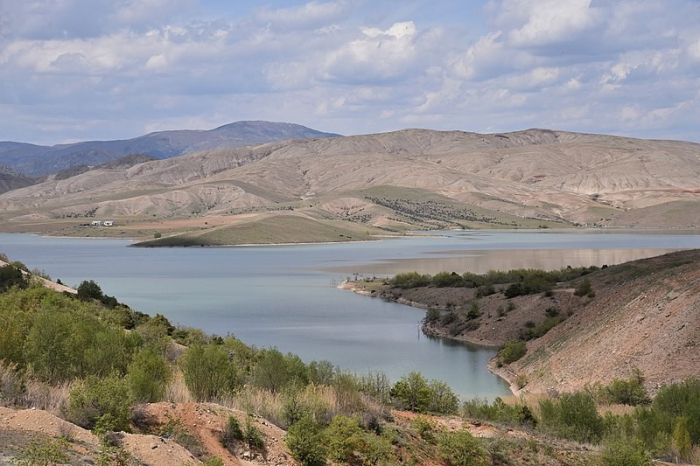

Mesopotamia is a Greek word that means between two rivers. It is a place surrounded by two rivers Euphrates and the Tigris rivers. This is the reason why the land of Mesopotamia is so rich in minerals and flourishing. In present times Mesopotamia comes under the Republics of Iraq. It is known for its rich literature, mathematics, City life, and astronomy. After 2000 BCE, its language was used as a communication medium in the eastern Mediterranean, northern Syria, and Turkey. The southern part which was urbanized was known as Sumer and Akkad. The major civilizations that survived over Mesopotamia are Sumerian, Assyrian, Akkadian, and Babylonian.

Mesopotamia
Goran tek-en, CC BY-SA 4.0
Mesopotamia was a beautiful place with a varied environment. The northeastern part of it receives high rainfall and is covered by trees, mountains, flowers, and streams. Around 7000 and 6000 BCE, people of this region started adopting agriculture as their main occupation.
Whereas animal herding is the main occupation in the northern part which is a step.
The eastern part is served by the tributaries of the Tigris river which helps the people to use it as a mode of transportation and communication into the mountains of Mesopotamia.

Tigris River
Bjørn Christian Tørrissen, CC BY-SA 3.0
Cities began to set up for the first time in the southern part which is a desert. This was possible only because of the two rivers i.e. Euphrates and the Tigris which carry silt from the mountain region and deposit it here.
The point where the Euphrates touches the desert. The river gets segregated into small channels. These channels were utilized for irrigation purposes which helped Mesopotamia to excel in agriculture.
The southern part of Mesopotamia receives minimum rainfall and still excelled in agriculture due to the contribution of the Euphrates river.

Euphrates river
Carole Raddato from FRANKFURT, Germany, CC BY-SA 2.0
The most significant feature of Mesopotamia that made different civilizations settle in that place is its arid and wet conditions.
Mesopotamia is surrounded by two major rivers the Euphrates and the Tigris rivers which are the reason why many civilizations started settling there. These rivers are of utter importance to the people of Mesopotamia.
These rivers help the people of Mesopotamia with irrigation and to cope with the hot and dry seasons.
The northern part is covered by a desert and the southern by the reed banks.
All these things surround Mesopotamia on all four sides, making it a land-locked place
Cities do not mean an area with a large population. It represents an area where activities other than agriculture are practised. It is an area where people depend on each other for different services. It is when people start trading.
Urban life is indicated when people start dividing their work and completing a task together.
This is a place where a particular social organization handles all the important tasks.
Cities receive their raw material for manufacturing from different areas. So, that is how trading developed, and to store the raw material for later use we need storage places.
To keep track of the work and all the important activities that take place, we have to keep a written record of that.
Mesopotamia lacked mineral resources. Stones were used to making tools and seals; the wood available in Mesopotamia is not good enough to use for making carts and other things.
There was a shortage of metal, which was used to make tools, vessels, and ornaments.
All these shortages indicate that Mesopotamia would have practised a barter system to get the wood, copper, tin, silver, gold, shell, and various stones from Turkey and Iran, or across the Gulf in exchange for its textiles and agricultural produce. This system was mainly practised in the southern part of Mesopotamia.
For the survival of this trading system transportation is another vital factor. If transportation is slow and expensive then that would make trading difficult.
The people of Mesopotamia utilized the natural resource available to them which is, the two rivers Euphrates and the Tigris. They used these rivers as a channel of transportation. This way of transportation was cheap and quick in comparison to the ways of transportation available at that time.
The major common feature among both these places was that they both were situated near rivers which helped them to sustain themselves.
As Mesopotamia was situated between the two rivers Euphrates and the Tigris rivers which helped it to sustain life in hot and dry climatic conditions.
Whereas Egypt was located near the Nile river which helped the people of Egypt in their living.
People of Egypt as well as Mesopotamia practised agriculture.
Mesopotamia is a place that lies between two rivers Euphrates and the Tigris. Both these rivers were the reason for the sustainable life in this place. people of this region practised agriculture. However, the people of southern Mesopotamia also practised trading. This trading system survived due to the water transportation system. Most of its trade was done to get the wood, copper, tin, silver, gold, shell, and various stones from Turkey and Iran, or across the Gulf in exchange for its textiles and agricultural produce.
Q1. Which place is referred to as the fertile crescent? Why?
Mesopotamia is also referred to as the fertile crescent. This is because this place is rich in minerals and nutrients and has enough water available as it is surrounded by two rivers Euphrates and the Tigris rivers. All these things help them in agriculture.
Q2. What were the difficulties faced by the people of Mesopotamia?
The climate of Mesopotamia was scorching and dry, making it difficult for people to practice agriculture. So, they had to limit the harvesting period and have to stay restricted. However, the two rivers Euphrates and the Tigris helped a lot to deal with the situation.
Q3. What helped the Mesopotamian civilization to sustain itself
The Tigris and the Euphrates made the Mesopotamian civilization sustain itself. The regular overflowing of these rivers helped to make its land fertile and perfect for agriculture. As it helped them to irrigate their crops.
Q4. Why is Mesopotamia also called the cradle of civilization?
Mesopotamia served as a place where civilization started. People of Mesopotamia started practising agriculture which led to a regular supply of food. Which made people settle at a pace and stop wandering from one place to another in search of food.
Q4. Who was Gilgamesh?
Gilgamesh was a great ruler who ruled the city of Uruk somewhere after Enmerkar. He ruled over a large number of people in a huge area. But after the death of his closest friend, he was hurt and left out in search of peace. The death of his close friend changed his life. After spending a few years of his life moving from one place to another in search of he went back to the city of Uruk and found peace in his people.